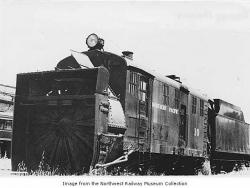The Tennessee State Capitol, the first and only home of the Tennessee General Assembly, was designed by engineer and architect William Strickland. Since its construction, it has ably served, with little modification, as the seat of Tennessee's government.
USA

he Automatic Temperature Control System was named as a Historic Mechanical Engineering Landmark in 2008. Warren S. Johnson came up with the idea for automatic temperature control while teaching at Normal School in Whitewater, Wisconsin in the 1880's. Originally, janitors would have to enter each classroom to determine if it was too hot or cold and then adjust the dampers in the basement accordingly. Johnson sought a way to end, or at least minimize the classroom interruptions of the janitors and increase the comfort level of the students.
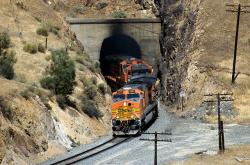
The Tehachapi Pass Railroad Line was cut through solid and decomposed granite by about 3,000 Chinese laborers using nothing more than picks, shovels, horse drawn carts, and blasting powder. This line, which rises from the San Joaquin Valley and through the Tehachapi Mountains, originally included 18 tunnels, ten bridges and several water towers to accommodate the steam locomotives. Completed in less than two years, it was part of the final line of the first railroad to connect San Francisco with Los Angeles.
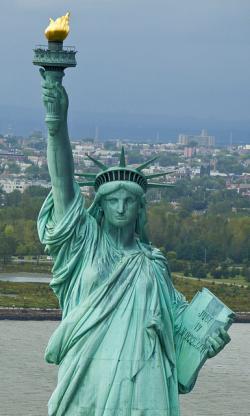
Sculptor Frederic-Auguste Bartholdi is credited with bringing the concept of the Statue of Liberty to fruition, deriving inspiration from the 19th-century penchance for grandiose monuments. He originally designed the statue for placement at the Suez Canal, but the project was never commissioned. After a promotional trip across America, Bartholdi's ideas finally took hold in 1874, and a Franco-American coalition was formed to fund the project, with the Americans building the base and the French the statue.
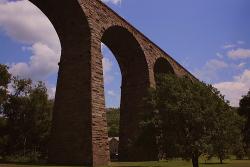
The Starrucca Viaduct of the Erie Railroad Company crosses Starrucca Creek in Lanesboro, Pennsylvania. It is one of the oldest and one of the longest railroad bridges in Pennsylvania. Its 18 slender, semicircular stone arches each span 50 feet and the structure rises 110 feet above the creek.
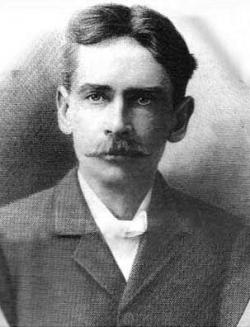

New Orleans State: LA Zip: Country: USA Website: http://www.asme.org/about-asme/history/landmarks/topics-m-z/rail-transportation---2/-101-st--charles-avenue-streetcar-line-%281835%29, https://www.asme.org/getmedia/40ef6e7c-697d-4f77-8daa-059a37f698b3/101-St-Charles-Avenue-Streetcar-Line-1835.aspx Creator: Perley A. Thomas Car Company
The St. Charles Avenue Streetcar Line is the oldest surviving interurban-urban passenger rail transportation system in the United States. Originally incorporated as the New Orleans Carrollton Rail Road in 1833, service began in 1835. A variety of motive power had been used including horses, mules, overhead cable, steam engines, and ammonia engines before electrification in 1893. The 900-series cars presently in service were designed and built by the Perley A. Thomas Car Company of High Point, North Carolina, in 1923 to 1924.
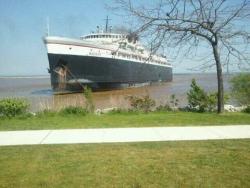
The two 3,500-hp steeple compound Unaflow steam engines powering the S.S. Badger represent one of the last types of reciprocating marine steam engines. Built by the Skinner Engine Company, most Unaflow engines are single expansion. These feature tandem high- and low-pressure cylinders separated by a common head. The Badger's four Foster-Wheeler Type D marine boilers, which supply 470-psig steam to the engines, are among the last coal-fired marine boilers built.
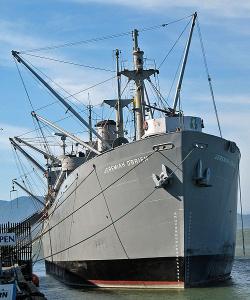
The SS Jeremiah O'Brien, an emergency cargo vessel of the type EC2-S-C1 better known as Liberty Ships, is one of two operative survivors of 2,751 ships, the largest fleet of single class ever built. The other is the SS John W. Brown, now in Baltimore (not operative at the time of the landmark designation). Between March 1941 and November 1945, eighteen US shipyards produced 2,751 ships. The design stressed minimum cost, rapidity of construction, and simplicity of operation. The original design and configuration have not been altered.

George Washington's concern over standardization of rifles for the Continental Army led to the formation of national armory and to his selection of Springfield as its site. Completed in 1794, it was the first national armory in the United States. Like the Robbins and Lawrence Armory, the Springfield Armory was an outstanding machining center for the design and mass production, employing notable engineers such as Thomas Blanchard (1788-1864), Thomas Warner, and Cyrus Buckland.
Innovations
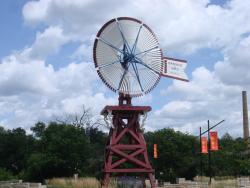
Collection of restored windmill operated waterpumps made at one of the three windmill manufacturing companies in Batavia. In late 19th century - early 20th century, Batavia became known as…
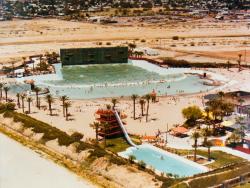
The first wave pool in North America to consistently generate 3-5 foot spilling waves suitable for surfing
Big Surf Waterpark uses 15 gates that empty water into a 2.5 acre lagoon with contours…
Read More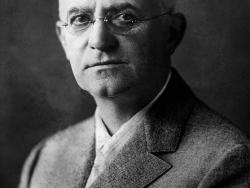
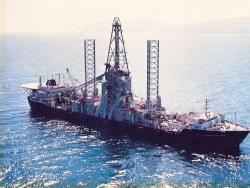
A number of major engineering feats required to complete the tasks for the mission at hand, which were later used in further projects
… Read More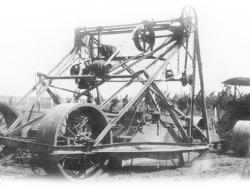
When Robert G. LeTourneau started moving earth in 1919, he thought that land leveling should require only one man. In 1920, by installing a generator and electric motors, R.G. was able to control the scraper blade from the tractor seat while driving the tractor.
In June 1922,…
Read More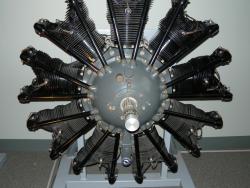
Aircraft engines, considered unreliable during the first 20 years of aviation due to their need for…
Read More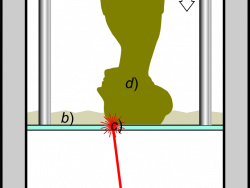
Although the origins of three-dimensional printing date back to the mid 19th century, and the first…
Read More
Amos Eaton and Stephen Van Rensselaer founded the Rensselaer School for "the application of science to the common purposes of life" in 1824. Eaton had practiced surveying as a teenager building his own compass and chain and wrote an early book on surveying. Later he studied law before becoming…
Read More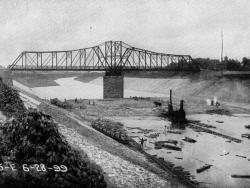
Until 1900, the Chicago River drained into Lake Michigan, along with all the sewage from the city; and the Des Plaines River west of Chicago emptied into the Illinois River, which eventually flows to the Mississippi. Chicago residents drew their drinking water from polluted areas of the lake…
Read More
On October 23rd, 1852 a notice was sent to practitioners of civil engineering in and near New York City requesting their participation in developing an association that would serve the professionals who design and construct America's built environment. Twelve men responded to this invitation,…
Read More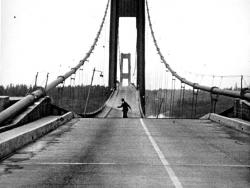
Taken together, the 1940 and 1950 Tacoma Narrows bridges mark a significant turning point in the design of long-span suspension bridges. The original 1940 structure was designed with one of the shallowest and narrowest stiffening elements of any long-span suspension bridge yet built. The…
Read MoreThe roof system of this building, designed by Lev Zetlin and opened in 1960, was the first of its kind in the world. Before the mid-1950's, the use of long-span cable structures was generally limited to suspension bridges. The only other significant cable roof structure preceding the Utica…
Read More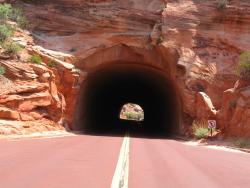
With the dawn of the automobile age at the beginning of the Twentieth Century, the entire nation started to demand better roads. In the 1910s, motorists and businessmen in Utah became aware of the possibilities of tourism as a business. Soon the state of Utah and the federal government responded…
Read More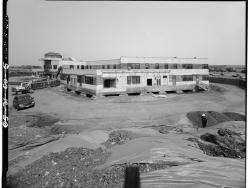
In May 1927, the same month of Charles A. Lindbergh's famous transatlantic flight from New York to Paris, a fact-finding commission appointed by the U.S. Secretary of Commerce concluded that Newark would be the ideal location for an airfield to serve the greater New York/New Jersey metropolitan…
Read More
In the 1940s and 1950s, New Orleans experienced growth. Unfortunately, access from the north to the City continued to be limited by Lake Pontchartrain. Driving around the Lake was a time consuming effort. During this time period, a renewed interest developed to provide a direct connection across…
Read More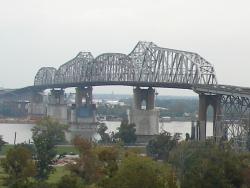
"It remains today one of the great bridge engineering accomplishments for railway and highway bridges built in the country."
- Historic American Engineering Record, Southeast Regional Office, National Park Service, U.S. Department of the Interior, 2005
By the late 1880s, New…
Read More
Spearheaded by Chief Engineer William J. Wilgus and constructed under challenging conditions with no interruption of existing train service, Grand Central Terminal was a triumph of innovative engineering in the design of urban transportation centers. Its novel, two-level station, made possible…
Read MoreThe confluence of the Mohawk and Hudson rivers was the site of distinct advances in transportation of the early 19th Century. The Erie Canal in 1825 and the Mohawk and Hudson Railroad in 1831 were both of national significance.
The Erie Canal started at a boat basin in Albany. It…

Developed by Rohm and Haas in the 1940s, water-based acrylic emulsion technology filled a need for easy-to-use household paints for a growing suburban population in the United States following World War II. This aqueous technology required less preparation to use, was easier to clean up, had…
Read More

